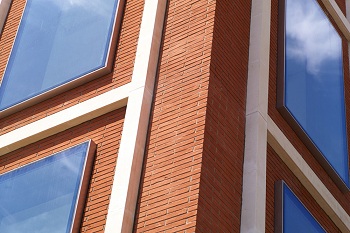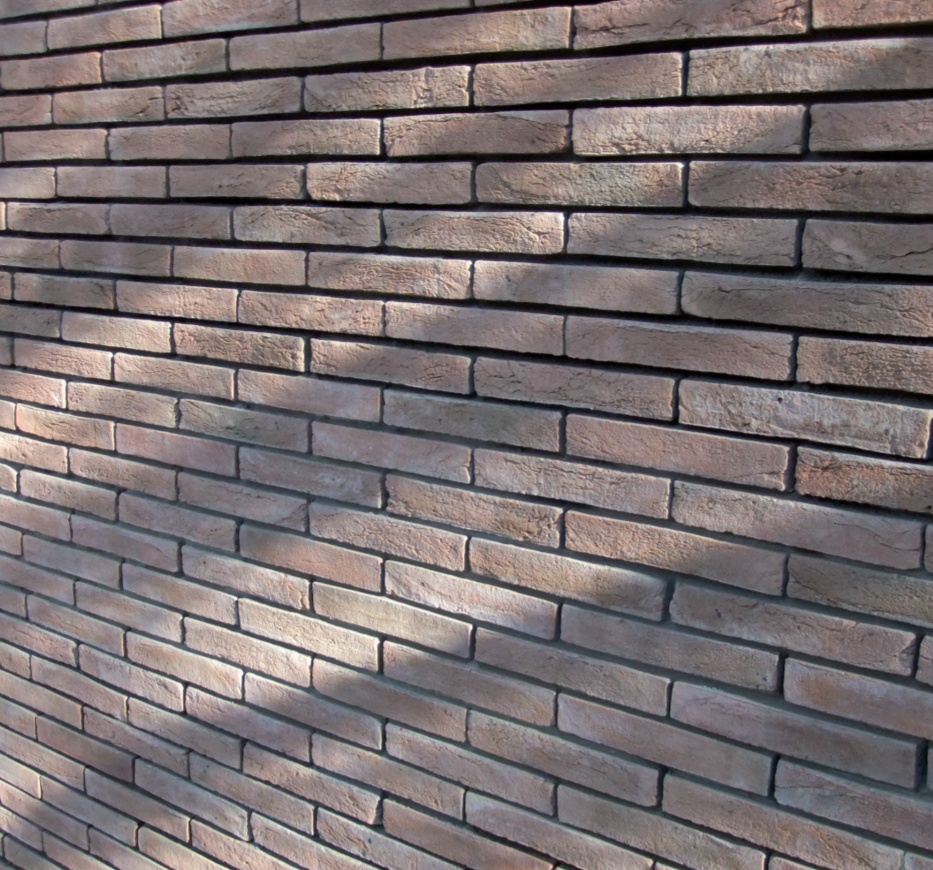The rich history of brick in London has long been associated with bricks from the various regions of England, which have greatly enhanced the beauty of the city’s buildings. The demand for brick was massive during the reign of Queen Victoria from 1837-1901 as the population of the United Kingdom doubled from 15 million to 30 million and huge swathes of the rural community migrated to the big cities.
Nowhere was this illustrated better than in London, where the population grew from 2 million to 6.5 million in the Victorian era. By the 1880s as many as 17 million bricks per year were being supplied to London. There were simply not enough locally-produced bricks to satisfy this colossal demand.
Many of the more generic buildings, such as terraced houses, were built with widely available local bricks, in particular London Stock bricks. However, not everyone wanted their buildings built from London Stocks or the locally available alternatives. The arrival of the canals and the railways meant that there was the means to get bricks from further afield.
 This was appealing to the brick specifiers of the time, due to the rich and varied geology of England and especially because of the wide variety of clays available from different parts of the country. The choice of brick widened to Reds, Oranges, Greys, Browns, Purples, Blues and everything in between. The rapid advance of industrialisation in Britain meant that there was now a viable and accessible supply of alternative bricks available to the London market.
This was appealing to the brick specifiers of the time, due to the rich and varied geology of England and especially because of the wide variety of clays available from different parts of the country. The choice of brick widened to Reds, Oranges, Greys, Browns, Purples, Blues and everything in between. The rapid advance of industrialisation in Britain meant that there was now a viable and accessible supply of alternative bricks available to the London market.
There were many characteristics of bricks from regions such as Yorkshire that appealed to the influential specifiers of the time. For example, the architects of the Arts and Crafts movement were very keen to distance themselves from the mechanisation and uniformity of a rapidly-industrialised Britain.
This began as early as the William and Mary and Queen Anne period and included the buildings of Sir Christopher Wren and the gauged brickwork he is associated with on buildings such as Kensington Palace. This trend continued with Francis Fowke-designed Royal Albert Hall, which opened in 1871, through to buildings up to the start of the First World War.
 Arts and Crafts architects such as William Butterfield, who built Keble College in Oxford, for example, made great use of the nuances of handmade bricks such as the varied colours and textures available reflecting different geology of the United Kingdom. Likewise, the Oxford academic fathers of the Arts and Crafts movement such as John Ruskin and Augustus Pugin took spiritual inspiration from medieval architecture, whose hallmark was the natural character of hand-crafted materials such as the stone pieces found in the Gothic architecture of cathedrals like Chartres and Notre-Dame.
Arts and Crafts architects such as William Butterfield, who built Keble College in Oxford, for example, made great use of the nuances of handmade bricks such as the varied colours and textures available reflecting different geology of the United Kingdom. Likewise, the Oxford academic fathers of the Arts and Crafts movement such as John Ruskin and Augustus Pugin took spiritual inspiration from medieval architecture, whose hallmark was the natural character of hand-crafted materials such as the stone pieces found in the Gothic architecture of cathedrals like Chartres and Notre-Dame.
It is in this rich tradition that brick continues to be a material that helps buildings to bridge the divide between the traditional and the contemporary, as well as giving buildings a unique and individual look. Nowhere is this more evident than where our handmade bricks from York have been used in 21st century London, including on buildings as prominent as the Shard, Highgate Junior School, London Bridge Station, the old Highbury Stadium and Carmelite House on the Victoria Embankment. At York Handmade we are proud to be part of such a noble tradition.